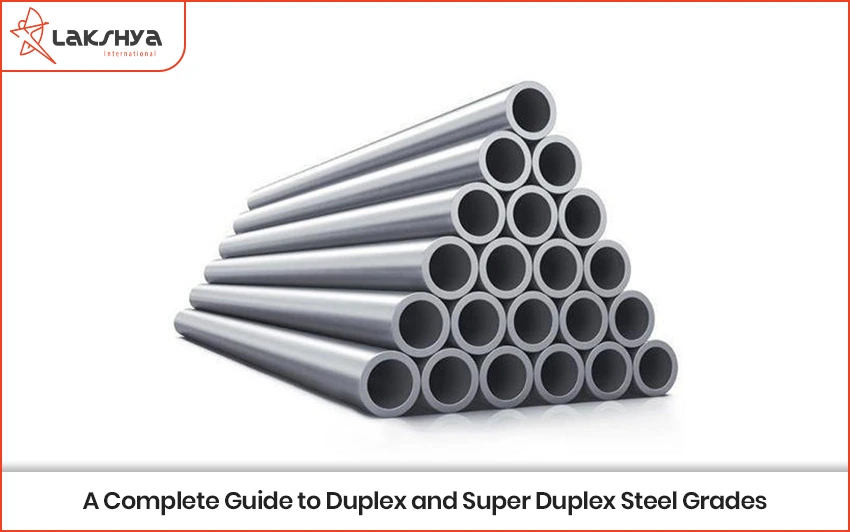Introduction
Inconel 600 is a nickel-chromium alloy with strong oxidation resistance at extreme temperatures, as well as good resistance to carburizing and chloride conditions.
Inconel 600 intended for usage from cryogenic to high temperatures in the range of 2000 deg Fahrenheit (1093 deg C). In addition, due to its high nickel concentration, the alloy is resistant to corrosion by a variety of organic and inorganic chemicals. The nickel component offers good resistance to chloride-ion stress-corrosion cracking, as well as excellent resistance to alkaline solutions.
As a result of the alloy’s high chromium concentration, it is resistant to sulfur compounds and If exposed to oxidizing atmospheres, the alloy’s high chromium content outperforms commercially. Inconel 600 has low resistance to highly oxidizing solutions, like hot, concentrated nitric acid. Some caustic conditions need the usage of Inconel 600, which is essentially unaffected by the majority of neutral and alkaline salt solutions. The alloy is resistant to steam and steam-air-carbon dioxide combinations.
This non-magnetic alloy offers outstanding mechanical characteristics and a mix of high strength and good workability. When cold forming Inconel 600, it displays the same properties as chromium-nickel stainless steels.
Characteristics of Inconel 600 Bars
Inconel Products are employed in pulp and paper manufacturing as well as the heat treatment industry. They are also used in the polymer and aerospace industries. DIN, JIS, BS, ASTM, AISI, EN, and ASME specifications are available for Inconel 600 bars. The available scale ranges from 5 mm to 500 mm, with 0.1 mm to 500 mm being the diameter. Inconel 600 bars range in length from 100mm to 3000mm. Tolerances for Inconel 600 bars are H13, K12, K10, K11, H8, H10, H9, H11, or as required by the client. There is a UNS number for Inconel 600 bar, which is N06600.
In addition, they are available in a variety of shapes such as squares and rectangles as well as billets Inconel 600 bars are offered in cold drawn, sandblasting finished, hot rolled pickled, bright, hairline, and polished finishes. Pollution control, waste treatment facilities, food processing, pulp and paper, and petrochemical are some of the applications. Inconel 600 bars are found in a variety of specifications, such as ASTM B166 square bars, ASME SA166 hex bars, and JIS NCF Inconel 600 round bars.
A series of successful tests are conducted on the Inconel 600 bars to determine if they will provide a satisfactory result for suiting the market’s dynamics and buyer’s expectations. These tests include- Positive material recognition test, intergranular corrosion test, pitting resistance test, flattening test, flaring test, macro test, micro test, hydrostatic test, mechanical test, chemical test, etcetera. There are many more testing methods employed like bend, impact, and radiography tests to guarantee product uniformity and quality.
Other Inconel Products
Apart from Inconel 600 bars, Lakshya International also provides a myriad of other Inconel Products like X-750 Inconel Nickel Alloy Bar, 825 Nickel Alloy Bar, 925 Nickel Alloy Bar, Inconel Pipe, Inconel 617 Round Bar, Inconel 718 Pipe, Inconel Rod, Inconel Sheet, etc
Machining of Inconel 600 Bars
Due to its fast work hardening, Inconel products are a challenging set of alloys to shape and process using standard cold forming techniques. On consecutive passes, work hardening tends to distort either the workpiece or tool. A hand tool is used to make an aggressive but gradual cut on age-hardened Inconel products, such as 718, to reduce the number of passes. It is also possible to carry out most of the machining on a “solutionized” workpiece, and just the last stages following age hardening.
Joining of Inconel 600 Bars
As a result of cracking and microstructural segregation of the alloying elements in the heat-affected zone, welding some Inconel products (particularly the gamma prime precipitation hardened family; X-750, Waspalloy, etc.) can be problematic. These issues have been addressed by alloys like 625 and 718. Gas tungsten arc welding and electron beam welding are the most popular welding techniques.
Forms & Shapes of Inconel 600 Bars
- Rod
- Flat Bars
- Round
- Square
- Channel Bars
- T-Bars
- Blocks
- Precision Ground Bars
- Rings
- Hollow
- Round Rod
- Rectangular Bar
- Triangle
- Hex (A/F)
- Rectangle
- Half Round Bars
- Threaded
- Billet
- Profiles
- I/H Bars
- Forging
- Ingot
Sectors And Industries Consuming ASTM B166 Inconel 600 Round Bar Like:
| Railway engines and coaches | Making arms and ammunition |
| Conveyor shafts | To produce Cold headed components |
| Automobile Industries to make nuts, bolts, shafts | Used in the Agricultural sector |
| Manufacturing gears, bearings, and hinges | For Electric pumps/motors |
| Textile industry | Heavy Engineering Industries |
Conclusion
There is a fair price for the round bars, such as the Inconel 600 round bars, supplied by Lakshya International, which makes them stand out from the crowd. Lakshya International sells Inconel Products to clients across the world and Inconel 600 bars are available in a wide variety of shapes and sizes in the market.




